Journalist Press Freedoms – A Newfound Battle
As tensions rise between media and law enforcement, the numbers of injustices quickly add up.
Image via Unsplash
Police lined up near cop cars.
During the weekend of June 1st, 2020, a 21-year-old student and weekend editor for a television company named Balin Brake lost an eye due to a tear gas can hitting him in the face during a protest for Black Lives Matter in Indiana. This event is one of the many examples of the recent aggression towards journalists during this time of change.
According to the U.S. Press Freedom Tracker, over 930 reported press freedom violations have been recorded from national social justice protests in 2020. From arrests to assaults, journalists have been affected over and over by this chaotic society we live in. Andrea Mason, a journalism professor at ACC and the faculty advisor for the Arapahoe Pinnacle (Disclaimer: Andrea is also my professor) says, “It really makes me value the on the ground reporting that is going on and the bravery of journalists committed to accurate, first-hand reporting.” Mason tells of how her consumption of the current events in the media as a citizen affects her. “We are supposed to live in a democracy with a free press and seeing evidence of lack of respect for professionals doing their jobs made me fear for my own civil liberties,” Mason explains.
86 journalists have been arrested in 2020 reported by the U.S. Press Freedom Tracker. In an incident on May 29th, 2020, a black CNN reporter was arrested on air without any given reason. Omar Jimenez was reporting the George Floyd protests in Minneapolis when police arrested him as the camera was still recording. While this arrest ended partially non-confrontational, many different journalists-police situations have ended violently. A freelance reporter in Louisville, Kentucky named Linda Tirado was shot at by police with rubber bullets while still on-air as well on May 30th, 2020. Tirado was also shot in the eye, and at the time this story was reported was said to possibly lose her vision. When asked about his feelings towards seeing journalists being injured or arrested, Lucas Miller, Editor-in-chief for The Arapahoe Pinnacle, comments, “Seeing journalists be assaulted or arrested honestly only makes me more sympathetic to their cause and less keen on whoever did that to them,” Miller continues, “The story is there, in the heart and heat of it all, and skirting around it only allows the issues to continue and swell into something more sinister.” This was shown as 13 of the journalists currently face criminal charges.
On top of arrests and injuries, damages to equipment have been reported 70 times as well as equipment being seized or searched 12 times. A photojournalist named Alex Milan Tracy in Portland had his go-pro seized as “police evidence” while covering a protest. These sorts of events have been more frequent, yet as consumers of news, the people don’t see these events unless they are recorded or televised. Mason comments on this topic saying, “The police and security need to realize the press is not the enemy. The press is just documenting events for those who can’t be there.” When asked about how she sees journalists’ rights changing based on the mass wave of journalism injustice, she says, “The press might have more freedom under the new administration. Trump was very anti-media and created an anti-media sentiment in the U.S.”
Denver has been a site for protests, even recently. People have marched, screamed, and protests have turned violent here just as they have everywhere in the world. People have been run over with cars, tear-gassed, and arrested unlawfully. As things were getting worse within these demands for change, Colorado has changed some things. According to 5280.com, police were restricted from using rubber bullets, pepper spray, and other harmful tools against peaceful protesters. Denver Police Department banned choke-holds and carotid pressure techniques as well. These are just a few of many changes to come.
The thought of different changes to make journalists less at risk for injury and arrest are ones that the media industry can only hope for. When asked about this, Lucas Miller replies, “To be honest, any journalist trying to avoid a situation where they might be arrested or harassed is not doing the job right”. In addition, Andrea Mason states, “I am not sure if there is a way to avoid it beyond cooperating with police and making press credentials visible at all times. People seem to think journalists of color have been arrested and detained more than white journalists.” She continues, “This did not use to be an issue in the U.S. and has only become prevalent recently.” As protests continue and the tension rises, Mason said it best, “We can hope this is just a phase.”

Zoë is a first year student at ACC who is pursuing a journalism career. She has been a Colorado native all her life, and she has won the Gold Key award in the Scholastic Art and Writing Contest for her photography. She wants to write...



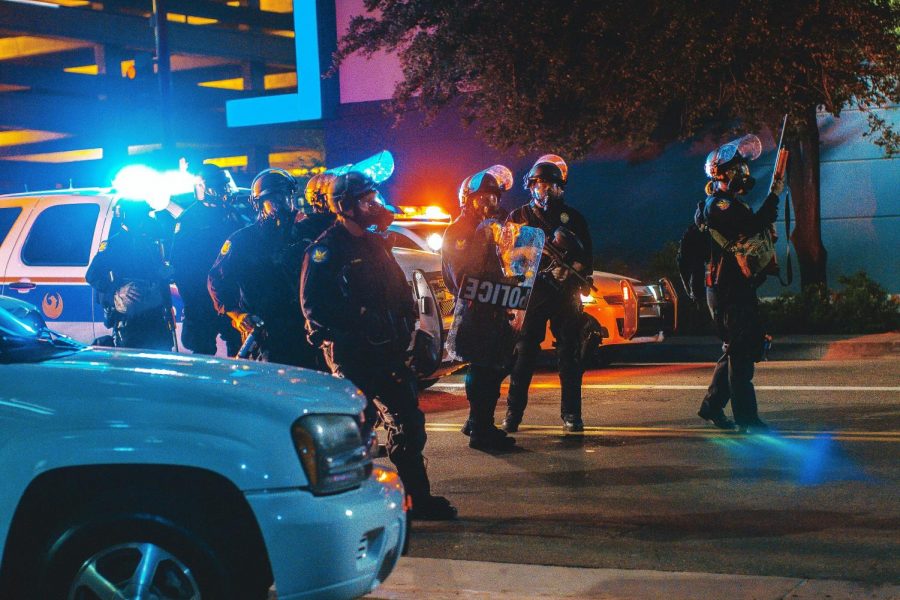


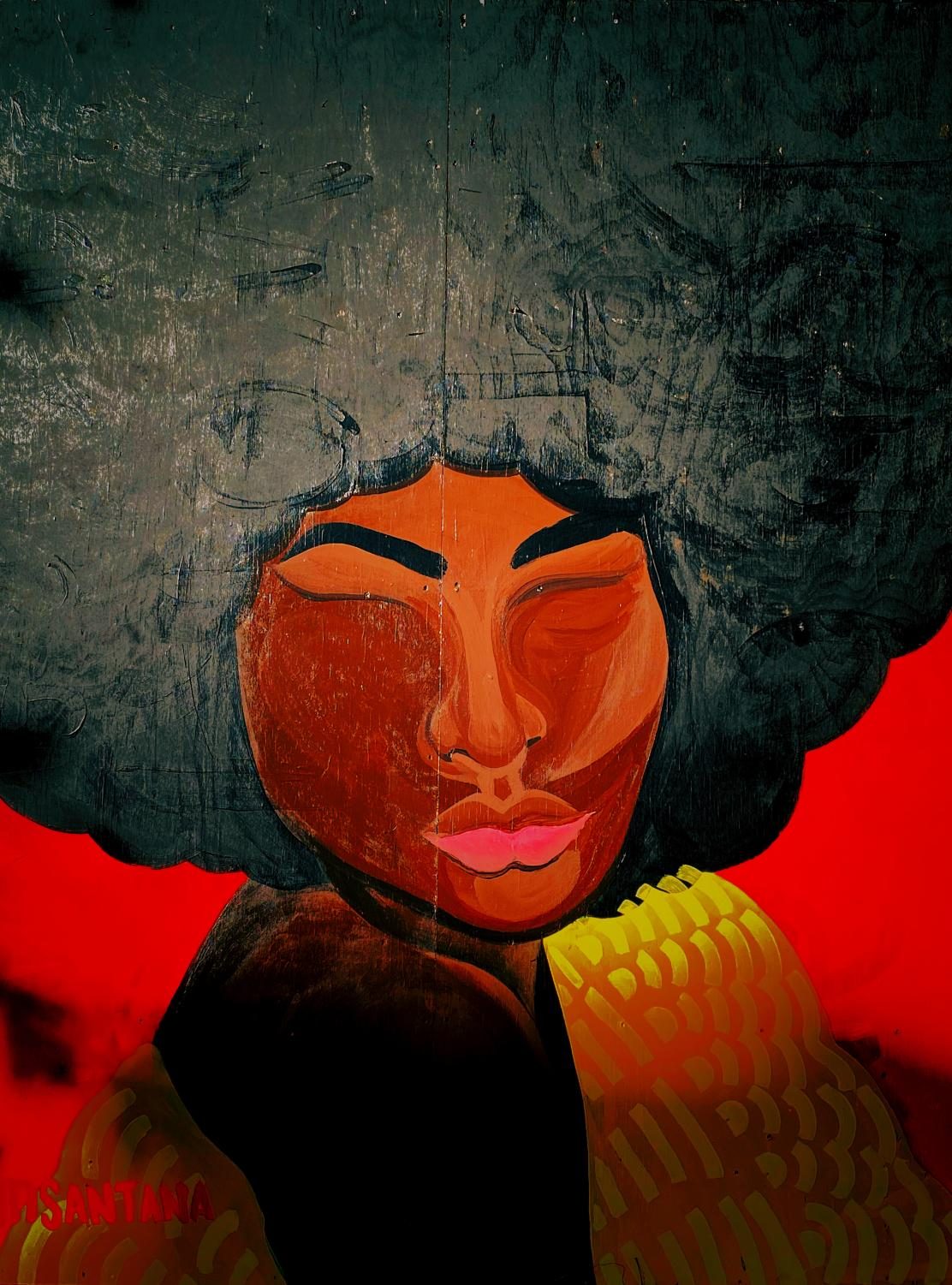
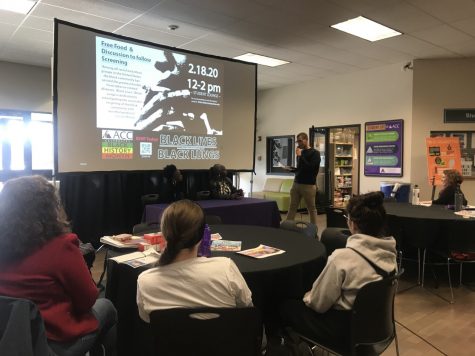

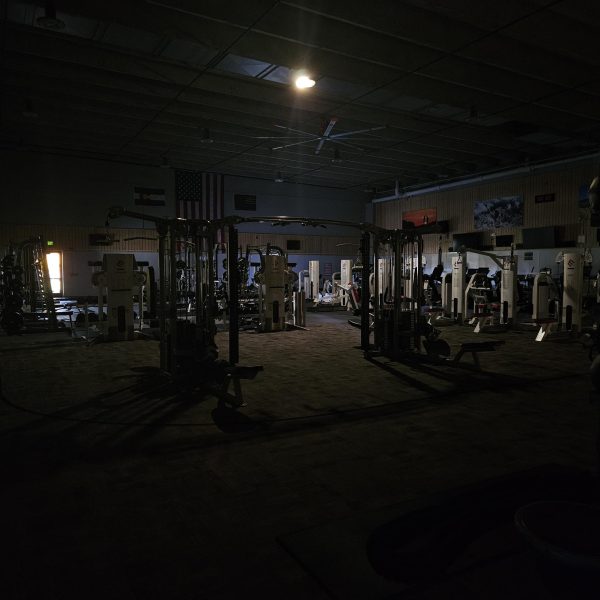
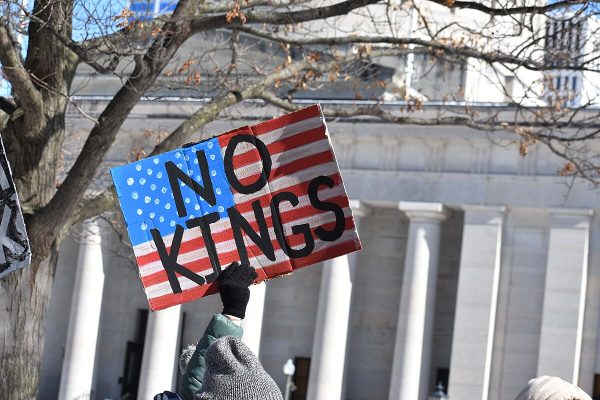
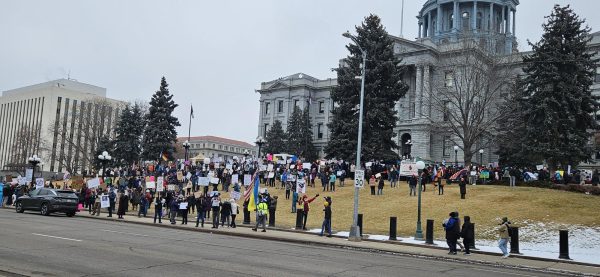
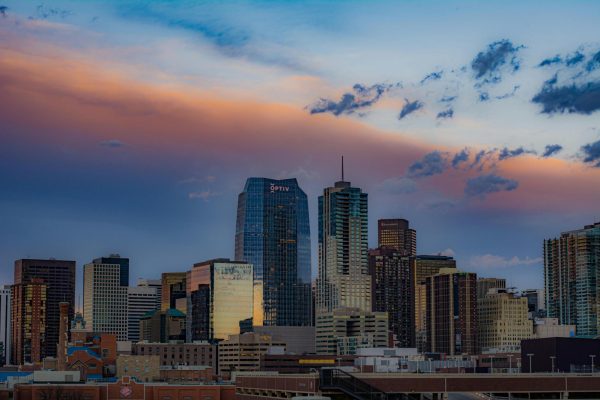

Danielle Staples • Dec 3, 2020 at 9:11 am
Great contribution, Zoe. I recently observed a class, LIT 259 Survey of African American Literature, and this very topic was being discussed, “dangerous writing.” It’s unfortunate any person would be harmed for free speech.